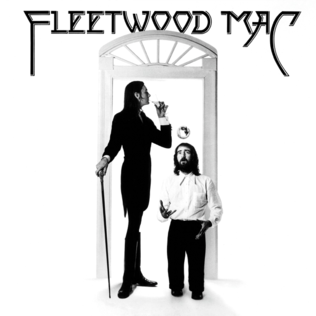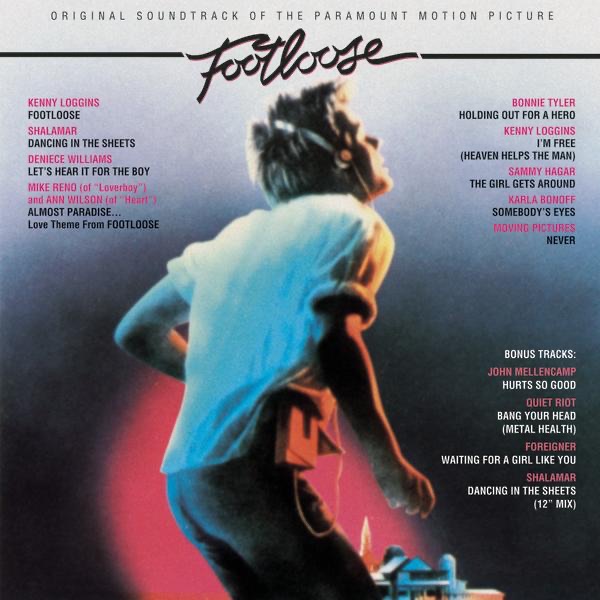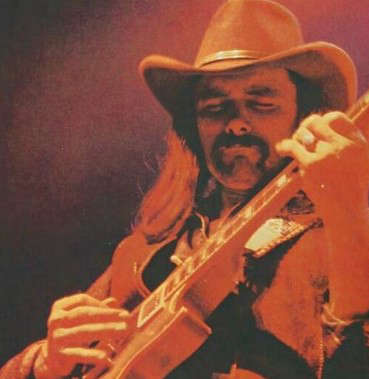
Fleetwood Mac’s 1975 album marked a bold new chapter, transforming the band into a pop-rock powerhouse and setting the stage for one of music’s most iconic lineups.
It was July 11, 1975, when Fleetwood Mac released the album that would redefine their sound, their lineup, and their future. Simply titled Fleetwood Mac, but often called The White Album, it was the band’s tenth studio release—and the first to feature Lindsey Buckingham and Stevie Nicks.
At the time, Fleetwood Mac had already gone through years of change. What began as a British blues outfit in the late '60s, led by guitarist Peter Green, had slowly morphed into something else. Green’s departure in 1970—followed by other exits and lineup reshuffling—left drummer Mick Fleetwood and the McVies, John and Christine, searching for stability and a fresh direction.
That fresh direction came almost by accident. While scouting studios in Los Angeles in late 1974, Fleetwood heard the self-titled Buckingham Nicks album and was struck by the guitar work. He approached Lindsey Buckingham to join the band, but Buckingham had one condition: his musical partner Stevie Nicks came with him.
Fleetwood said yes, and everything changed.
The 1975 Fleetwood Mac album marked a sharp turn from the band’s blues roots into polished California rock. Christine McVie’s smooth, radio-friendly songwriting was now complemented by Nicks’s mystical lyricism and Buckingham’s layered guitar and production style. The result was an album packed with hits that felt fresh but familiar, easy on the ears yet rich in character.
Three tracks helped propel Fleetwood Mac up the charts:
• “Over My Head,” a Christine McVie tune, was the first single and reached No. 20 on the Billboard Hot 100.
• “Rhiannon,” written and sung by Nicks, became an instant fan favorite and helped cement her as the band’s breakout star.
• “Say You Love Me,” another Christine McVie track, followed with similar chart success.
The album hit No. 1 on the Billboard 200 a year after its release and eventually sold over seven million copies in the U.S. alone. It was a slow build, but by 1976 Fleetwood Mac had become one of the most talked-about bands in the world.
What came next was Rumours (1977), one of the best-selling albums of all time, but also a reflection of deep personal turmoil. As the band’s popularity skyrocketed, so did tensions: Buckingham and Nicks split, the McVies divorced, and even Mick Fleetwood had his own relationship struggles.
Despite the personal strain, the band managed to turn all that tension into unforgettable music. Rumours became a global hit, selling over 40 million copies and winning Album of the Year at the 1978 Grammys. Tracks like “Go Your Own Way,” “Dreams,” “Don’t Stop,” and “The Chain” became cornerstones of rock music.
But the success came at a cost. Later albums—Tusk (1979), Mirage (1982), and Tango in the Night (1987)—had standout moments but were often weighed down by lingering conflict and creative fatigue. Lindsey Buckingham left the group in 1987, returned a decade later, then exited again in 2018. Stevie Nicks had her own breaks from the band, and Christine McVie stepped away for years as well. Even with all the upheaval, Fleetwood Mac kept going.
A Legacy That Endures
Looking back, the 1975 self-titled album is more than just a commercial turning point. It’s the moment Fleetwood Mac stopped being a band in flux and became a powerhouse of pop-rock chemistry. It launched a lineup that, for many fans, defined the band. It was the spark before the wildfire of Rumours, and it holds up nearly five decades later as a testament to reinvention.
Christine McVie died in 2022, leaving the future of Fleetwood Mac unclear. Still, their 1975 album stands as a snapshot of a band discovering something special—thanks to the addition of two new members who would go on to shape its next era.
Sources:
• Rolling Stone Archive
• BBC Music Interviews
• Fleetwood Mac: The Definitive History by Mike Evans
• AllMusic.com
• Billboard Chart History
• Classic Albums: Fleetwood Mac (Documentary)
• NPR Music Interviews
• Rock and Roll Hall of Fame Archives



 New Music Monday: From Indie-Soul Introspection to Stadium Rock Power Ballads
New Music Monday: From Indie-Soul Introspection to Stadium Rock Power Ballads
 Dickey Betts: The Fiery Rise of a Southern Rock Architect
Dickey Betts: The Fiery Rise of a Southern Rock Architect
 Hawksley Workman’s Odd Christmas Songs Are a Homage to Huntsville Roots and Holiday Messiness
Hawksley Workman’s Odd Christmas Songs Are a Homage to Huntsville Roots and Holiday Messiness
 Billy Joel's Historical Anthem "We Didn't Start the Fire" Hit The Charts On This Day
Billy Joel's Historical Anthem "We Didn't Start the Fire" Hit The Charts On This Day













Comments
Add a comment